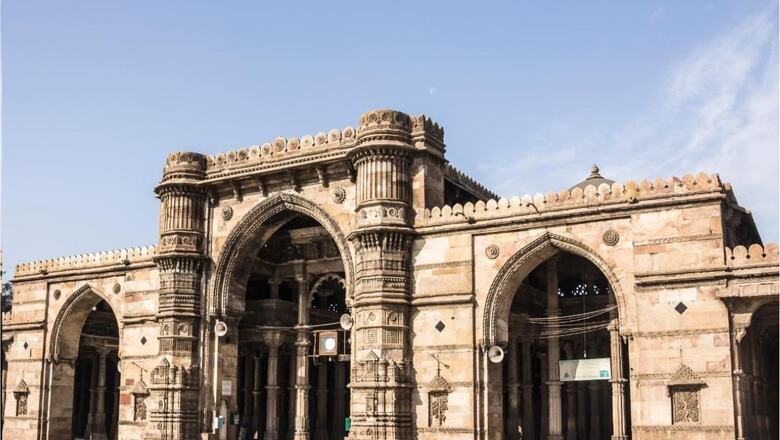
views
With the ICC Cricket World Cup 2023 round the corner, it’s the perfect time to combine the excitement and thrill of cricket with the love for travel. To inspire the traveling cricket fans, Booking.com, the Official Accommodations Partner for the ICC Men’s Cricket World Cup 2023 has curated a destination guide of the 10 host cities of the tournament. From watching a match in the world’s largest cricket stadium to visiting mesmerizing ancient palaces and enjoying sensational food everywhere you go, here are 10 unmissable cities in India for cricket fans.
Ahmedabad, Gujarat
The Gujarati city of Ahmedabad lays claim to the largest cricket stadium in the world. Named after the Prime Minister, the state-of-the-art Narendra Modi Stadium has a seating capacity of 132,000 spectators and was built in 2020 on the banks of the Sabarmati River.
Watching a match here amid a sea of cricket-hungry spectators is an unforgettable experience. Next up, explore Ahmedabad’s architecturally rich old quarter. Here, you’ll discover Mughal mosques, museums, historic temples and ashrams. The Sabarmati Ashram (also known as Gandhi Ashram) was one of the many residences of Mahatma Gandhi.
Another must-see is Akshardham Temple, a fascinating Swaminarayan temple complex. The old quarter is also home to a tantalizing street-food scene, and Gujarati sweets are particularly special – try a refreshing almond lassi (a yoghurt-based drink) or an ice kulfi (traditional Indian ice cream).
Bengaluru, Karnataka
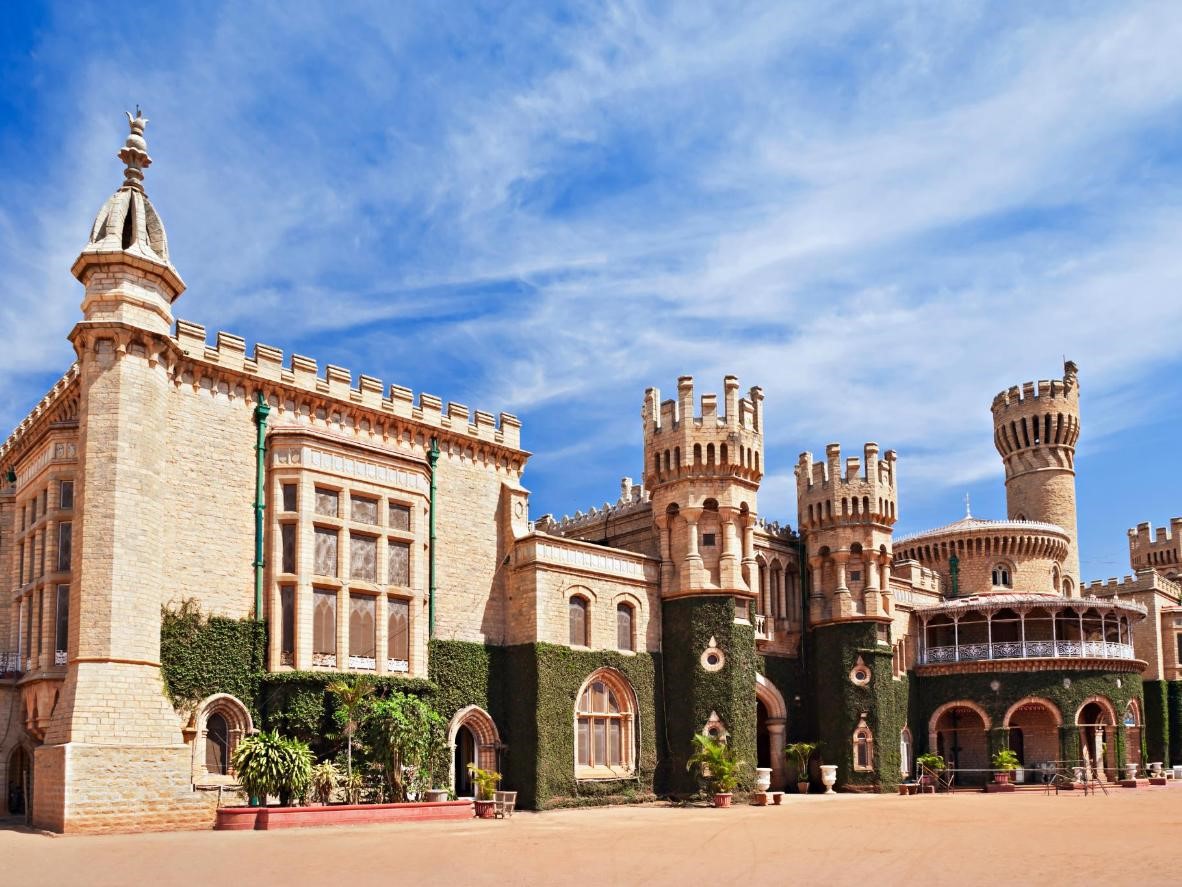
Known as the ‘Silicon Valley of India’, Bengaluru is a booming business hub. Its other nickname is the ‘Garden City’, on account of its many green spaces like Lalbagh Botanical Gardens and the 300-acre Cubbon Park in the heart of the city. Flanked by the park you’ll find M. Chinnaswamy Stadium, one of three cricket stadiums in Bengaluru and also one of the premier cricket venues in India.
After the match, take a rickshaw ride around the nearby neighborhood of Malleswaram, where local food traders set up roadside stalls in the shade of palm trees. And visit the nearby Bangalore Palace, whose grand turrets and towers were modeled on England’s Windsor Castle. Finally, the unmissable Vidhana Soudha – the largest state legislative building in the country, this magnificent monument is popularly known as the ‘Taj Mahal of South India’.
Chennai, Tamil Nadu
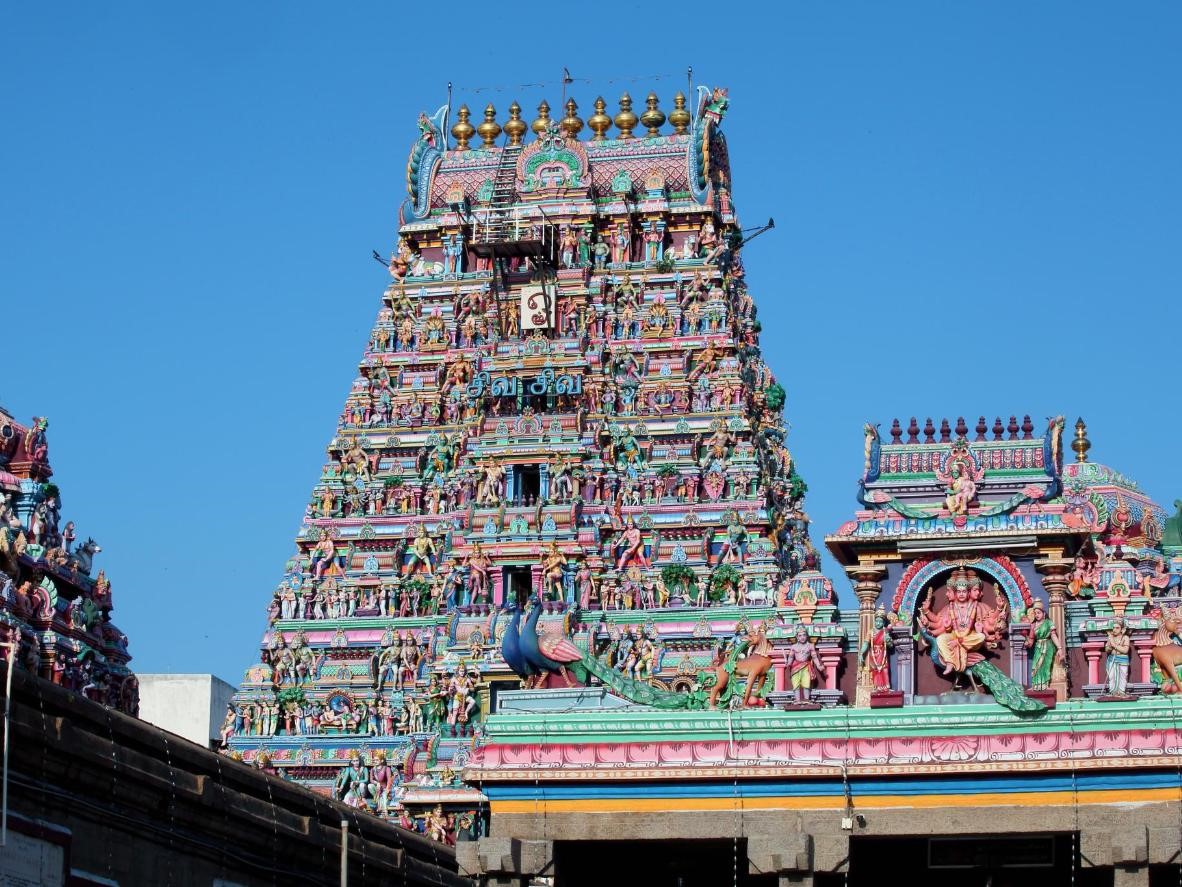
Chennai (formerly known as Madras) boasts ancient Hindu temples like Kapaleeswarar and Sri Parthasarathy, alongside a Gothic basilica and the 15th-century Fort Saint George. Not to mention the Valluvar Kottam, a monument dedicated to the classical Tamil poet and philosopher, Valluvar. Seek out souvenirs in the energetic Pondy Bazaar, where the pavements are packed with stalls selling everything from sarees to vegetarian cuisine. After exploring the buzzing city centre, a bit of sea air is just the ticket; located along the Bay of Bengal, Chennai is home to some wonderful stretches of sandy coastline.
Stroll the 6km-long Marina Beach, the second longest urban beach in the world. And – just a few hundred metres from the sand – you’ll find the M. A. Chidambaram Stadium). Commonly known as Chepauk Stadium, it’s the site of some major moments in cricket history, including the second Tied Test ever in the game.
Dharamshala, Himachal Pradesh
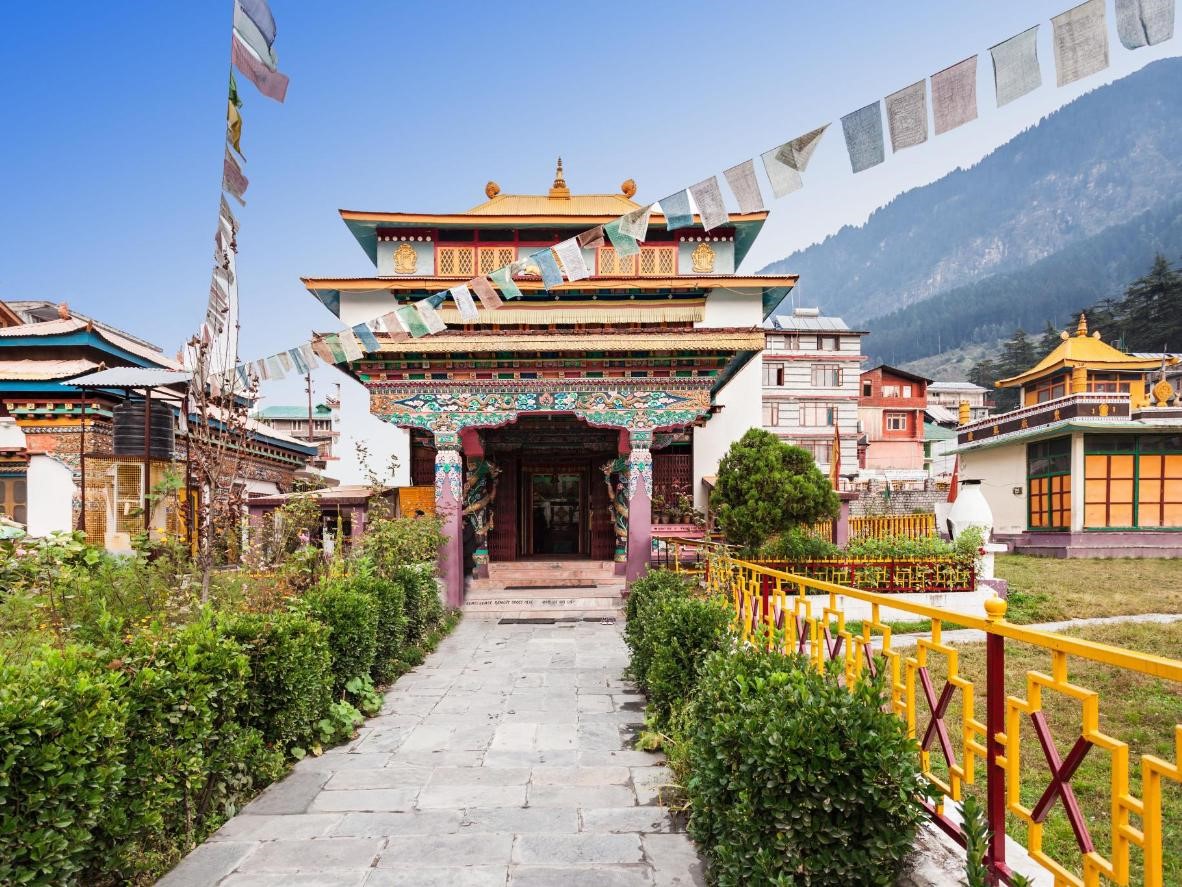
The beauty of Dharamshala (the Dalai Lama’s hometown) will bowl you over – as will the city’s HPCA Stadium, only a decade old but still easily one of the world’s most spectacular. It sits amid the snow-capped Himalayas, with brightly painted stands and a pavilion that vaguely resembles a temple.
The stadium is home to the Himachal Pradesh cricket team and hosts Indian Premier League matches, though it’s definitely the scenery that makes this such a rare venue. When you’re not watching cricket, visit the Tsuglagkhang Complex. It’s the spiritual heart of Dharamshala, containing the residence of the 14th Dalai Lama, a museum, temple and monastery. For any active travellers, the Triund Trek (a relatively easy trek that has a breathtaking view of the Dhauladhar mountain range and Kangra Valley) is a must-do.
Hyderabad, Telangana
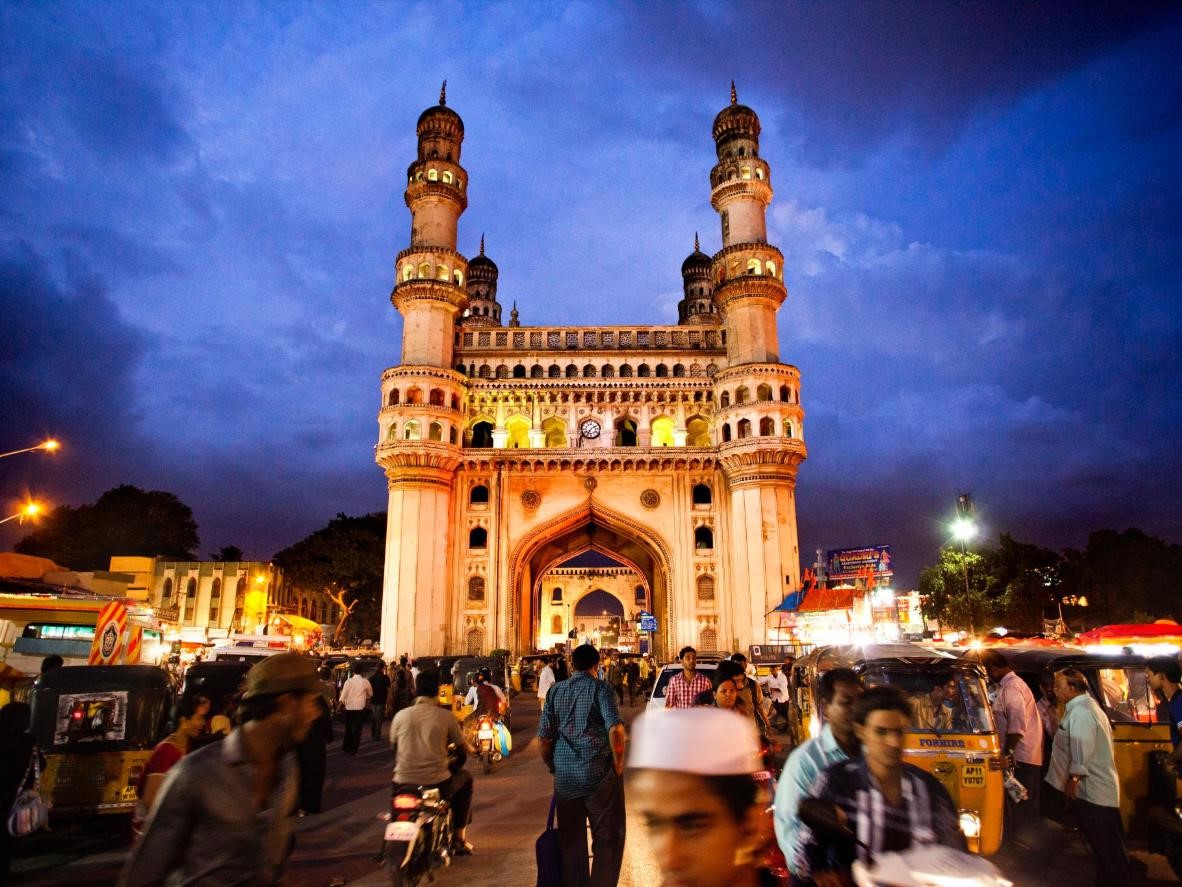
The southern Indian city of Hyderabad is a world of contrasts. It’s peppered with ancient palaces and monuments but is simultaneously overtaking Bengaluru as the country’s top tech hub. Visit its walled Old City to wander the historic bazaars, stopping to sip chai, ogle semi-precious stones and purchase fragrant spices.
At the center of this historic quarter, you’ll find Charminar, one of the most renowned monuments in India and a fine example of Indo-Islamic architecture. Next up, don’t miss Ramoji Film City, famous for the world’s largest integrated film studio complex. The studio offers various sets, stages and attractions allowing visitors to experience the magic of filmmaking and entertainment.
Kolkata, West Bengal
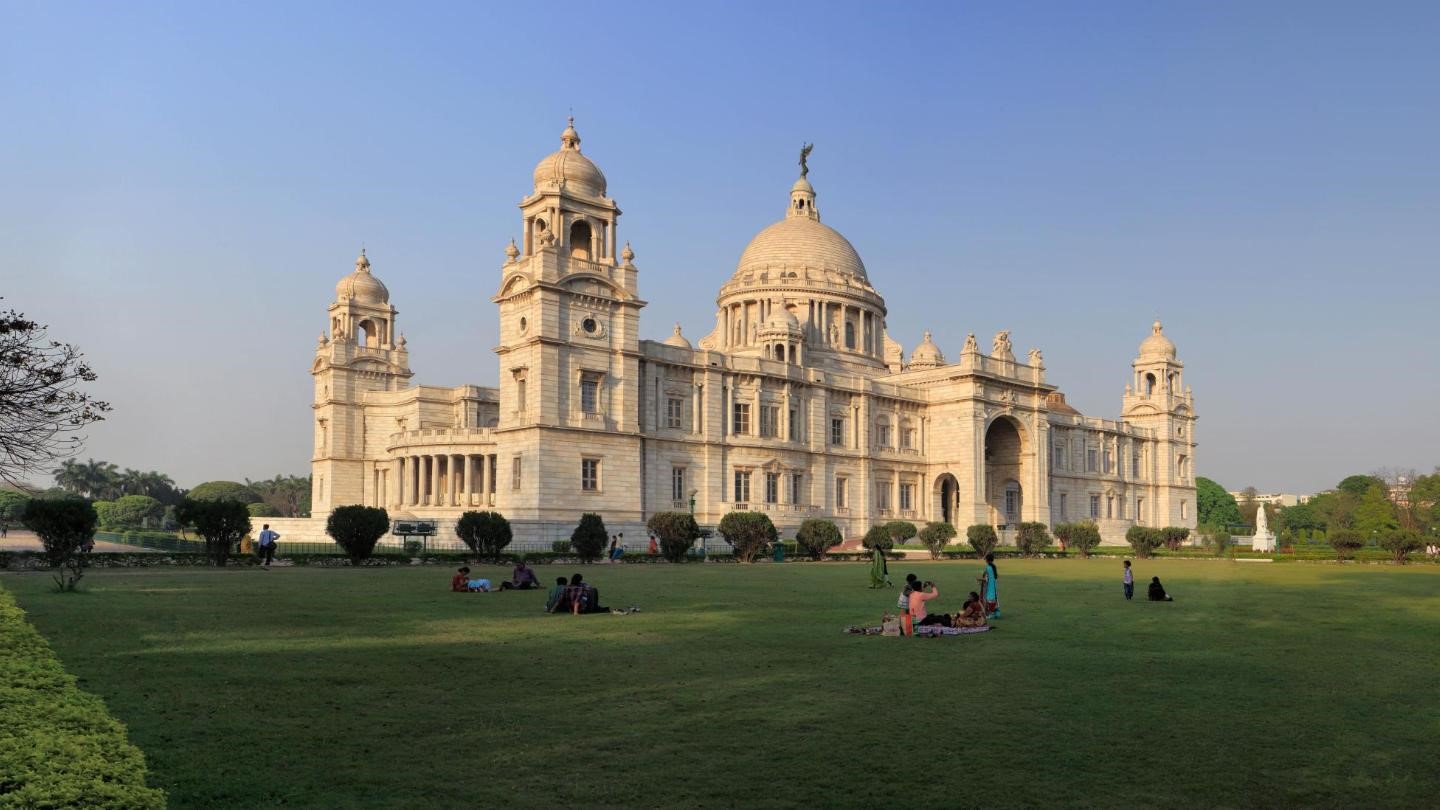
With a capacity for 66,000 spectators, Kolkata’s Eden Gardens Stadium is a giant in the cricket world. Famed for the deafening cheers of thousands of passionate fans, it’s seen World Cup finals, hat-tricks and surprise victories.
But Kolkata is also a city of historic architecture. Visit the Victoria Memorial – a mighty marble monument that’s now one of the finest museums in India with a rich art collection and vast gardens. And Howrah Bridge (also called Rabindra Setu), the busiest cantilever bridge in the world and a fine example of 20th-century engineering. Now a popular Kolkata attraction, it was built over the Hooghly River in 1874 without the usage of nuts and bolts and stretches for 705 meters.
Lucknow, Uttar Pradesh
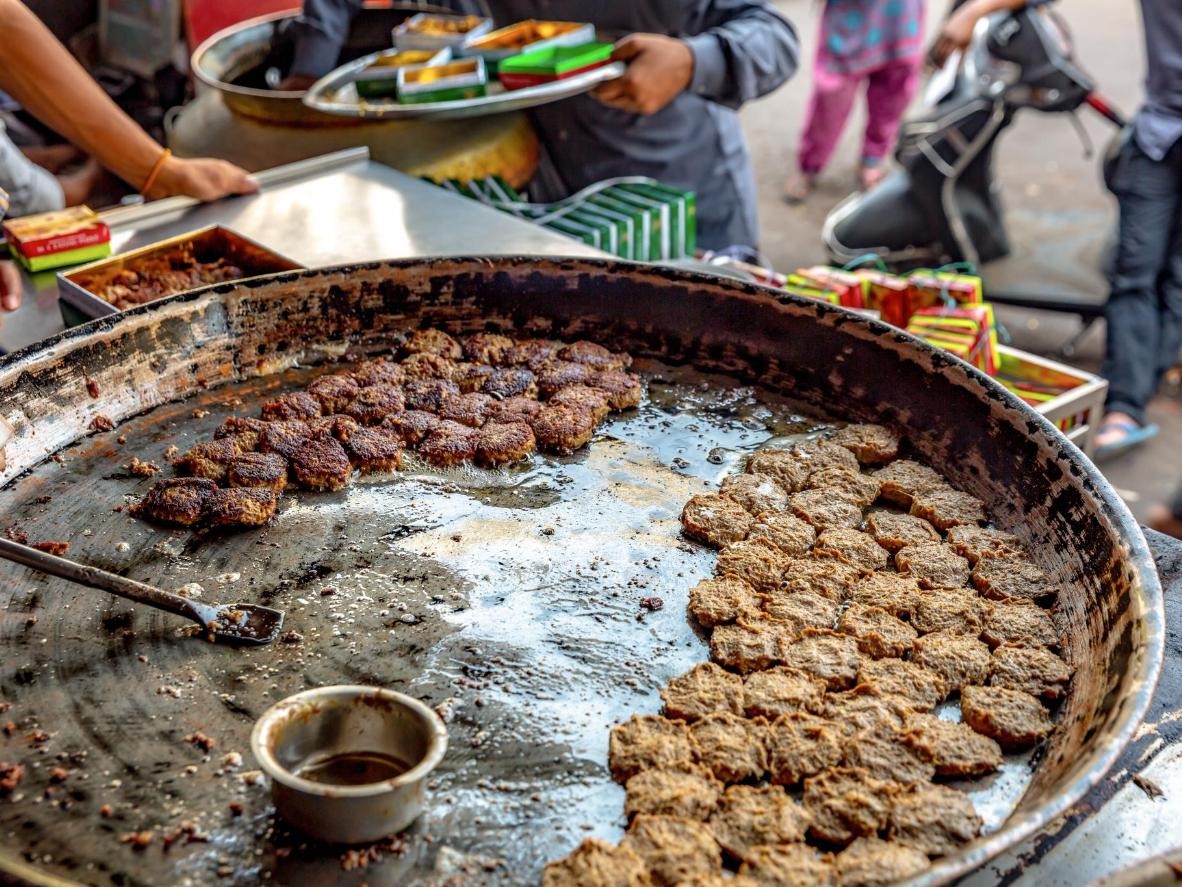
Those heading to the northern Indian city of Lucknow must try a galouti (meaning ‘soft’) kebab. This melt-in-your-mouth delicacy is said to have been created for the Nawab Wajid Ali Shah, the last Nawab of Awadh, who – in his toothless old age – could no longer chew normal kebabs (yet his passion for them raged on). Thus, the royal kitchens developed a flavoursome recipe using finely ground lamb, mutton or goat with raw papaya and an array of spices, all moulded into patties and then pan-fried.
In addition to this local speciality, don’t miss the city’s main attractions; there’s the Bara Imambara, an Islamic shrine complex with an intricate walled maze that’s all too easy to get lost in. And the Rumi Darwaza, the gateway to the old city of Lucknow that also serves as the emblem of the city.
Mumbai, Maharashtra
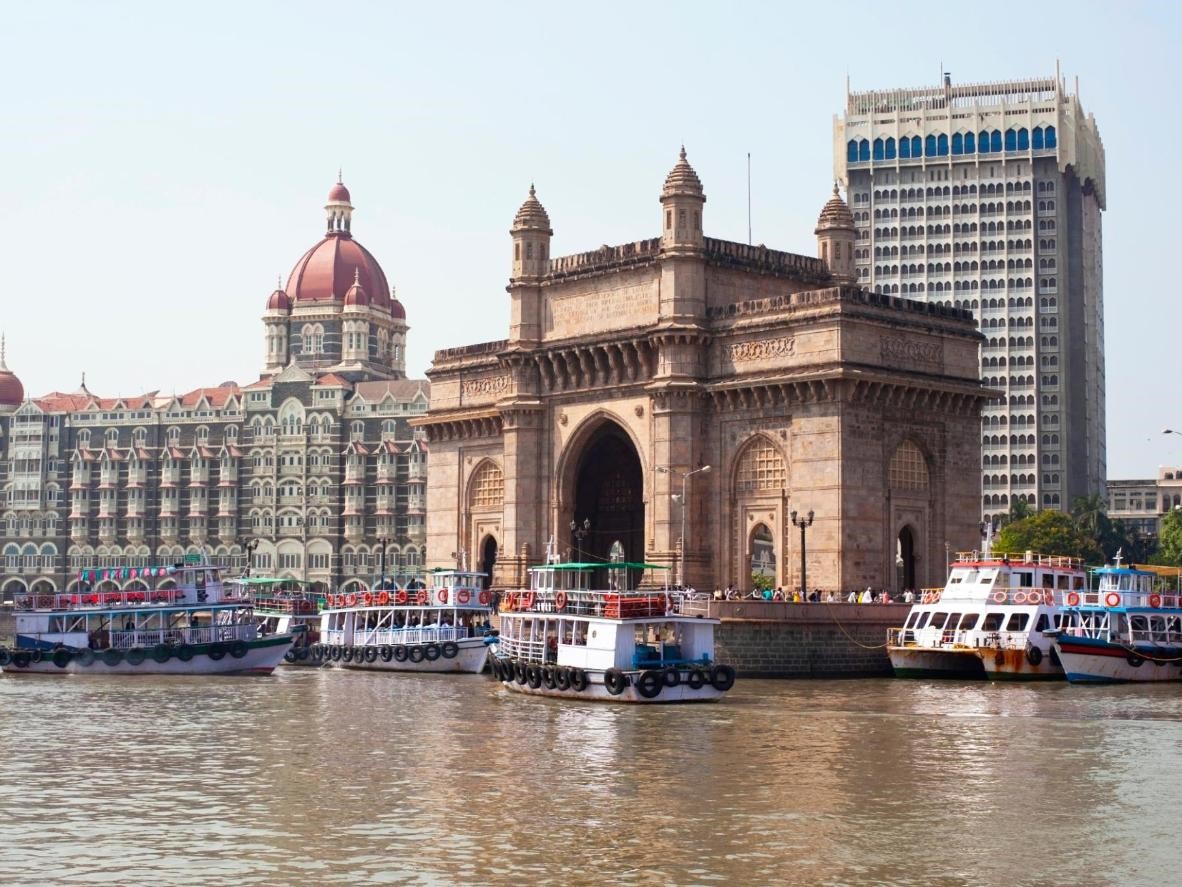
Mumbai is hectic but thrilling. Not to mention its palpable history – a visit to the Gateway of India on the waterfront overlooking the Arabian Sea should be your first port of call. This enormous arch was built in the early 20th century in Colaba in South Mumbai and is beautiful to behold with Siberian seagulls flocking at its feet.
If you’re not lucky enough to arrive in the city via the Chhatrapati Shivaji Terminus (the city’s main train station), then it’s worth a separate visit. A Gothic masterpiece constructed in 1887, it’s India’s most beautiful railway station, with stained-glass windows, towering spires, domed arches and buttresses and pillars with animal images carved into them. The culturally inclined will also enjoy the city’s art galleries, museums and world-class restaurants. And for an unbeatable Mumbai experience, head to a cinema for a Bollywood film screening.
New Delhi, NCT
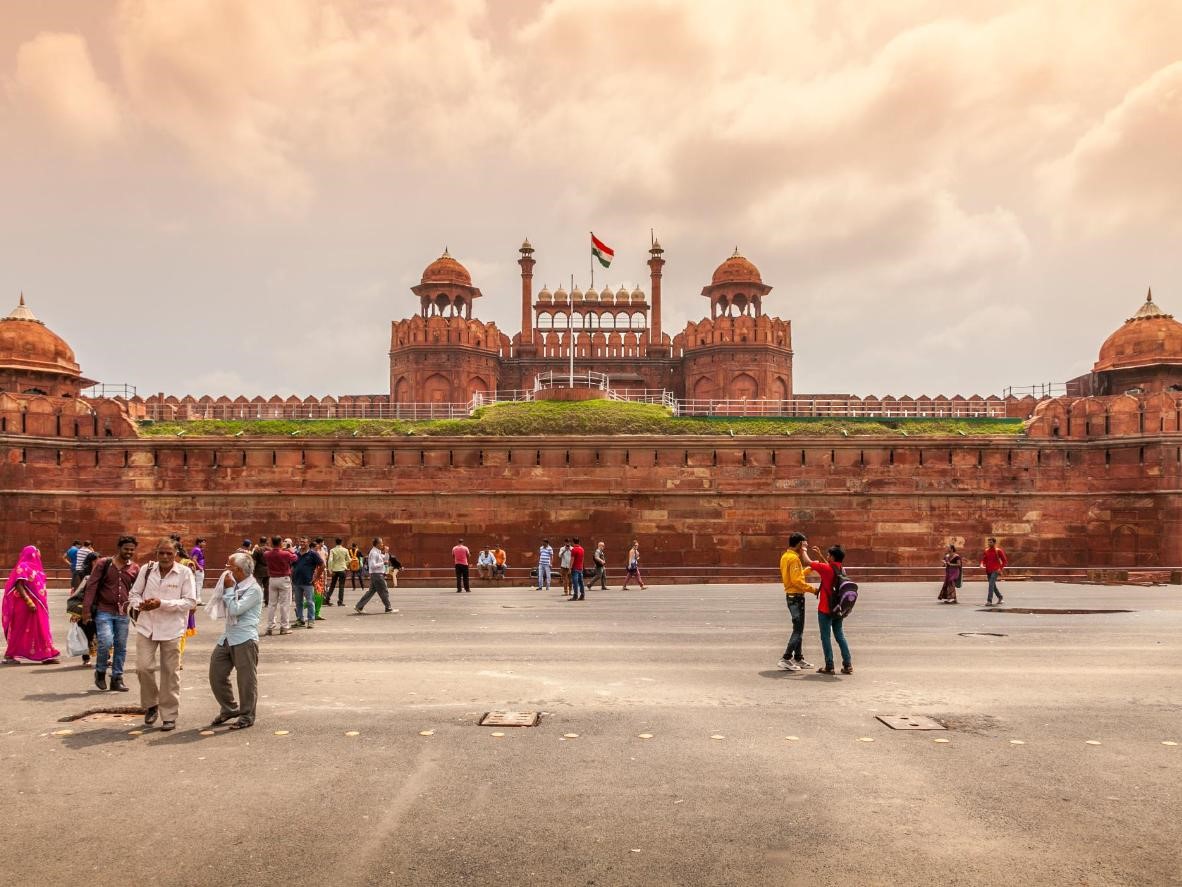
As the capital of India, New Delhi has its fair share of impressive stadiums and breathtaking sights to see. Wander the grounds of the Red Fort (or ‘Lal Qila’) to admire its grand red sandstone walls and intricate design, commissioned by the Mughal emperor, Shah Jahan, in 1639.
Next up, the National Gandhi Museum and Raj Ghat, a poignant memorial to India’s cherished late peace leader and the place where he was cremated after his assassination in 1948. After learning more about the Mahatma’s incredible life, visit some of the city’s neverending chowks (markets located at city junctions) and bazaars for treasures and bargains. There’s the 300-year-old Hanuman Mandir bangles market, where you’ll find mehndi (henna) artists, marigold garlands, incense, and the best selection of bangles in Delhi. Or the Matka Market for pottery, the Khan Market for world-class tailoring, and the Khari Baoli wholesale spice market where the breeze carries the scent of a thousand spices.
Pune, Maharashtra
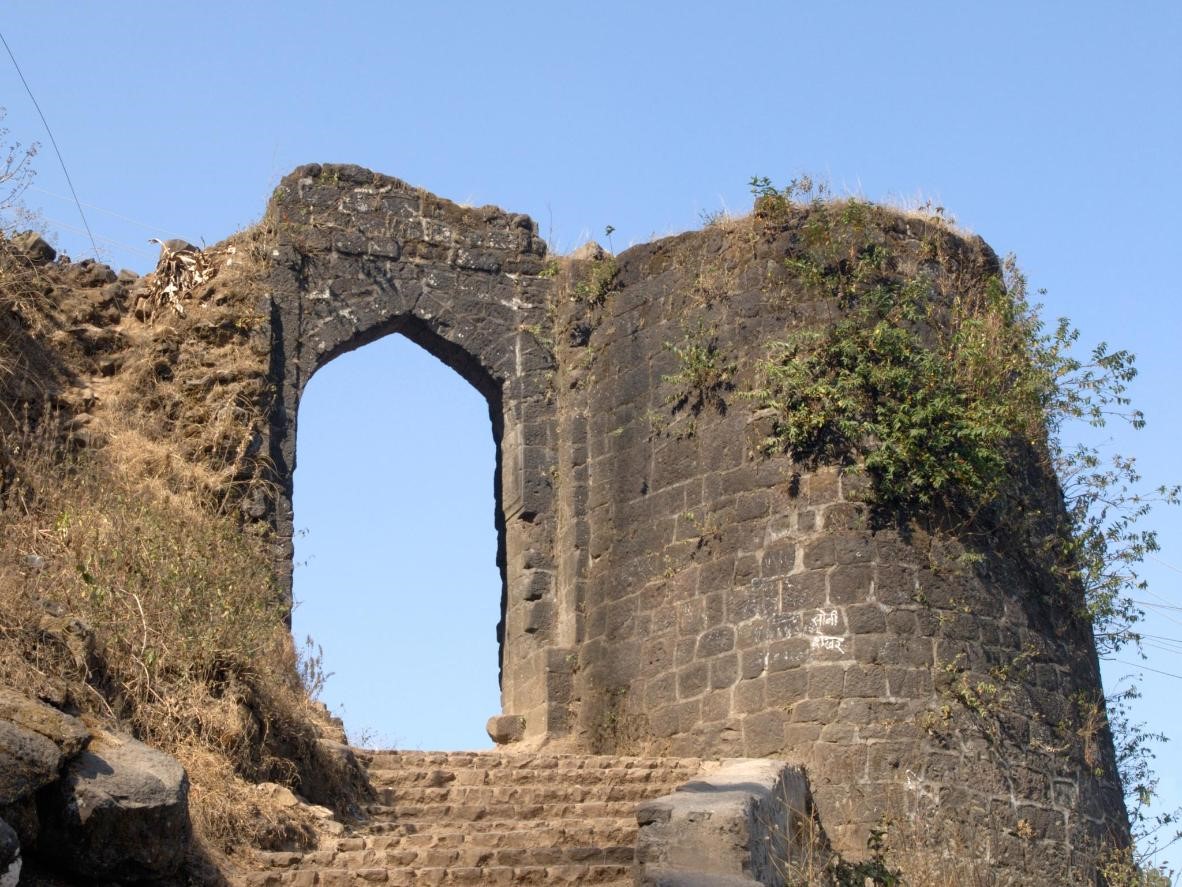
The sun-drenched city of Pune offers a calmer alternative to the busyness of Mumbai, as well as various architectural wonders. Just 30km outside the city, the ancient hill fortress, Sinhagad Fort, is a must-visit.
As is another Pune fort, Shaniwar Wada. Built in 1732, it was the former seat of the Peshwas (leaders or prime ministers) of the Maratha Empire. Though it was largely destroyed by fire in 1828, the surviving structures of this once seven-storey building are now a popular and captivating tourist attraction.













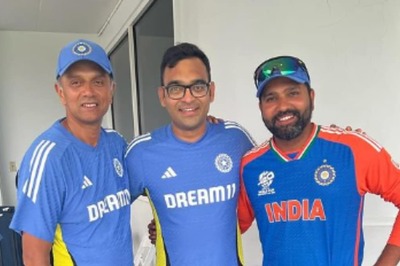
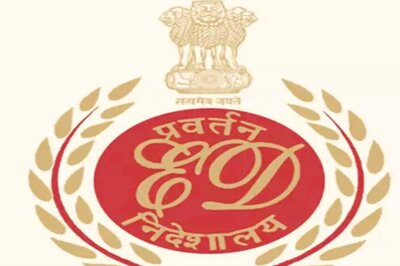
Comments
0 comment